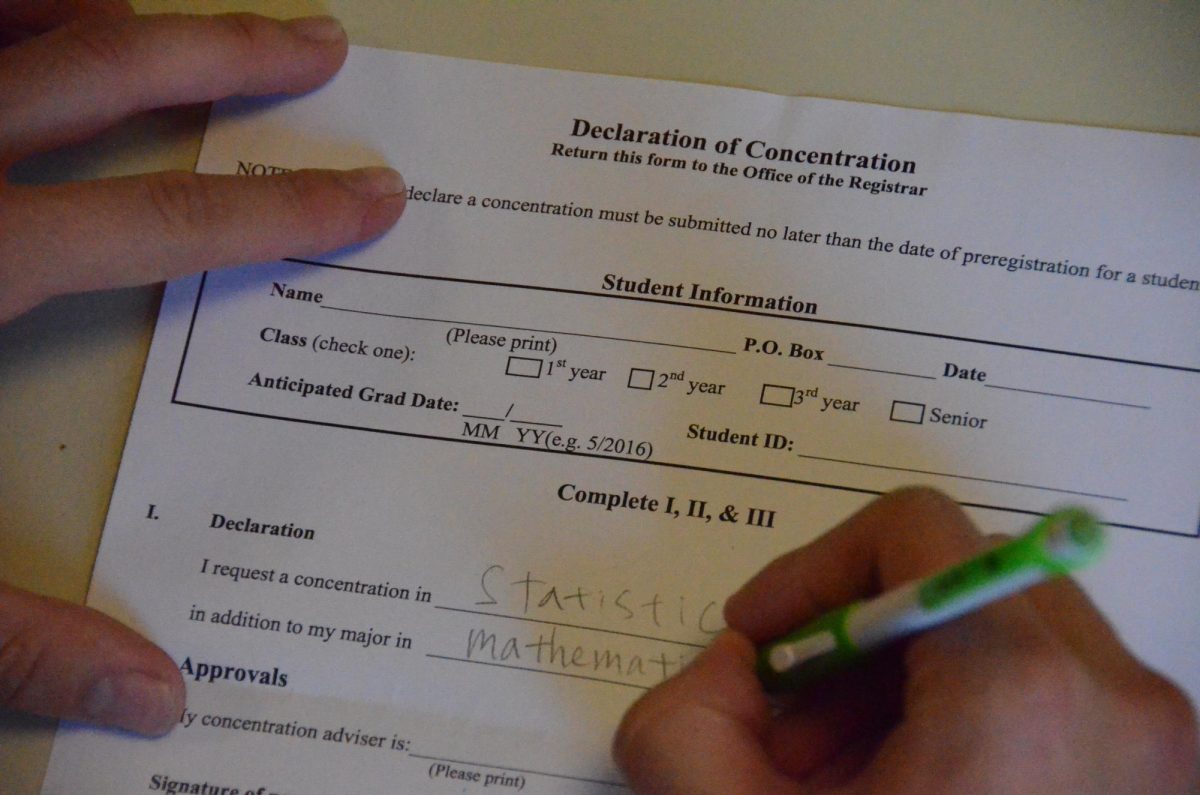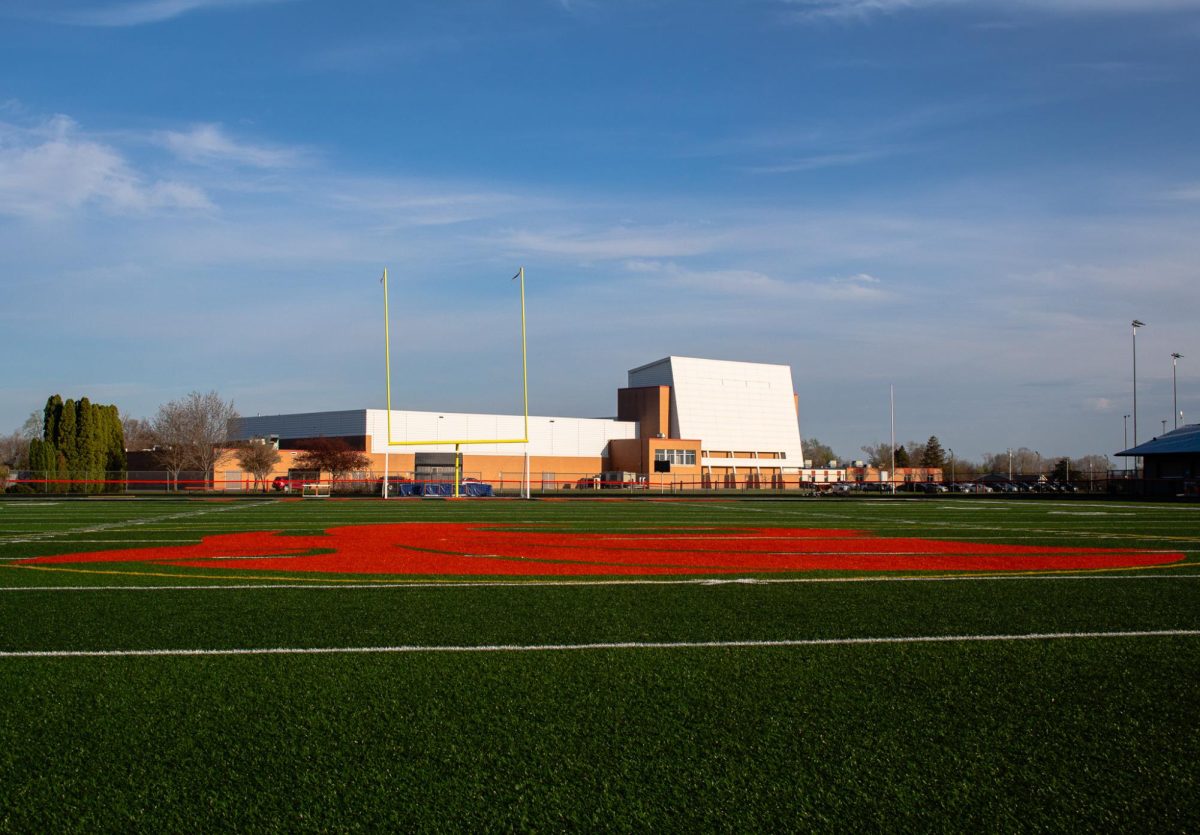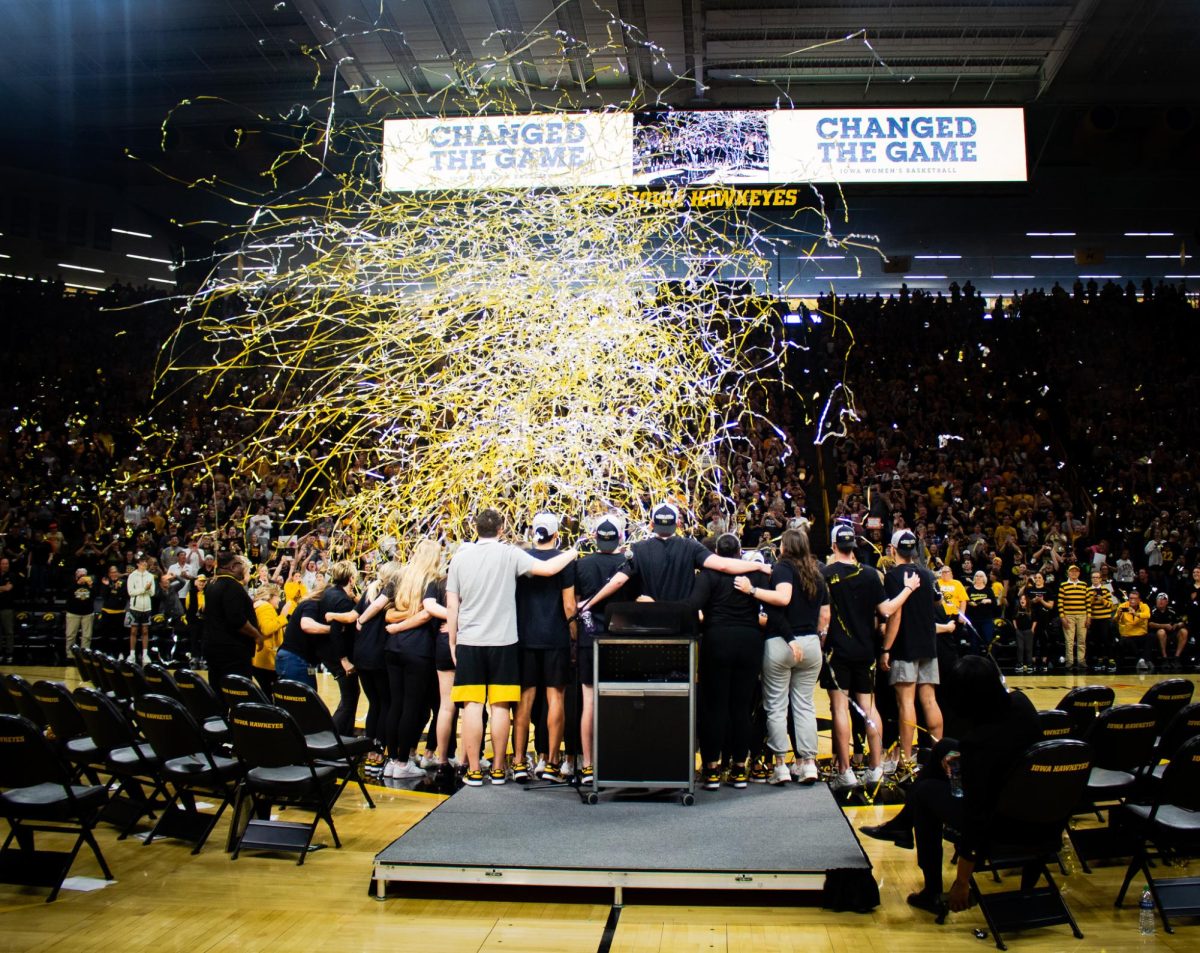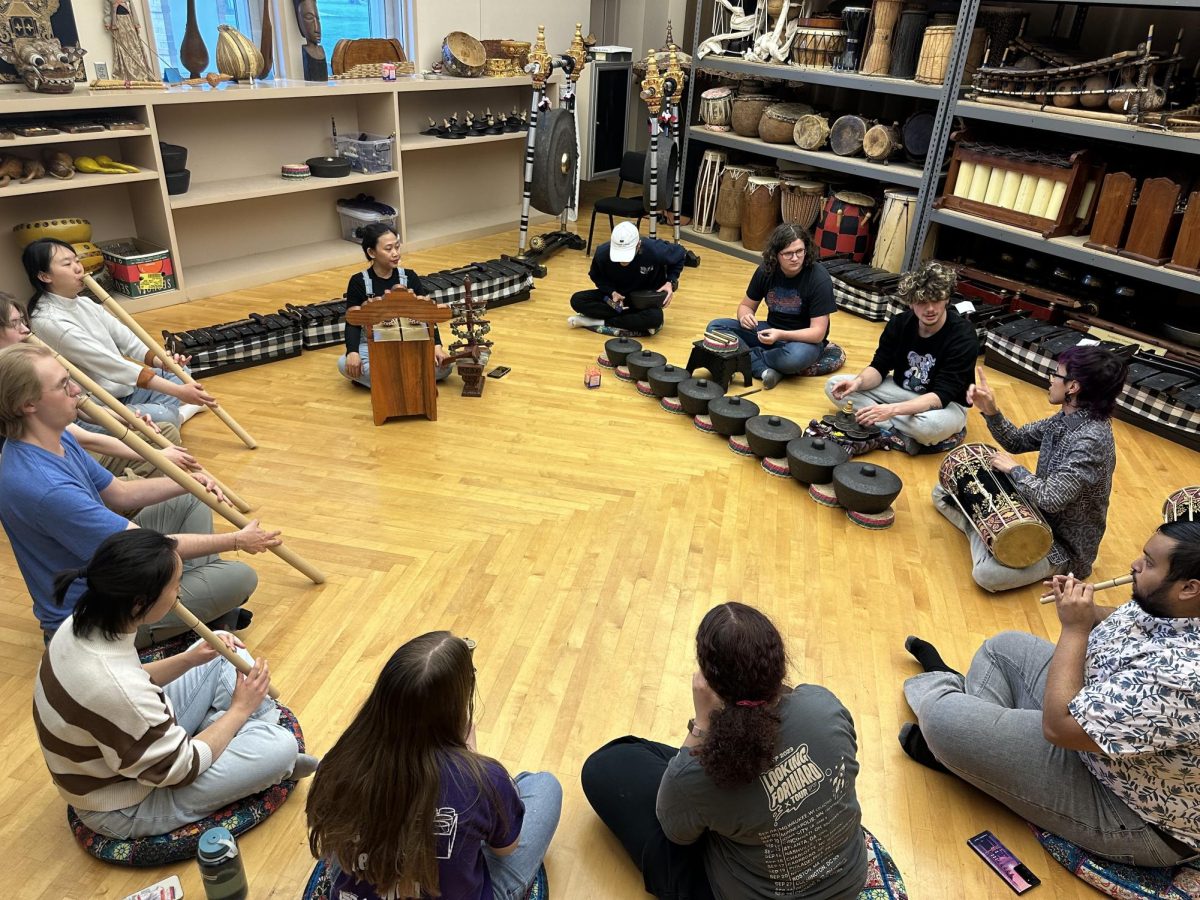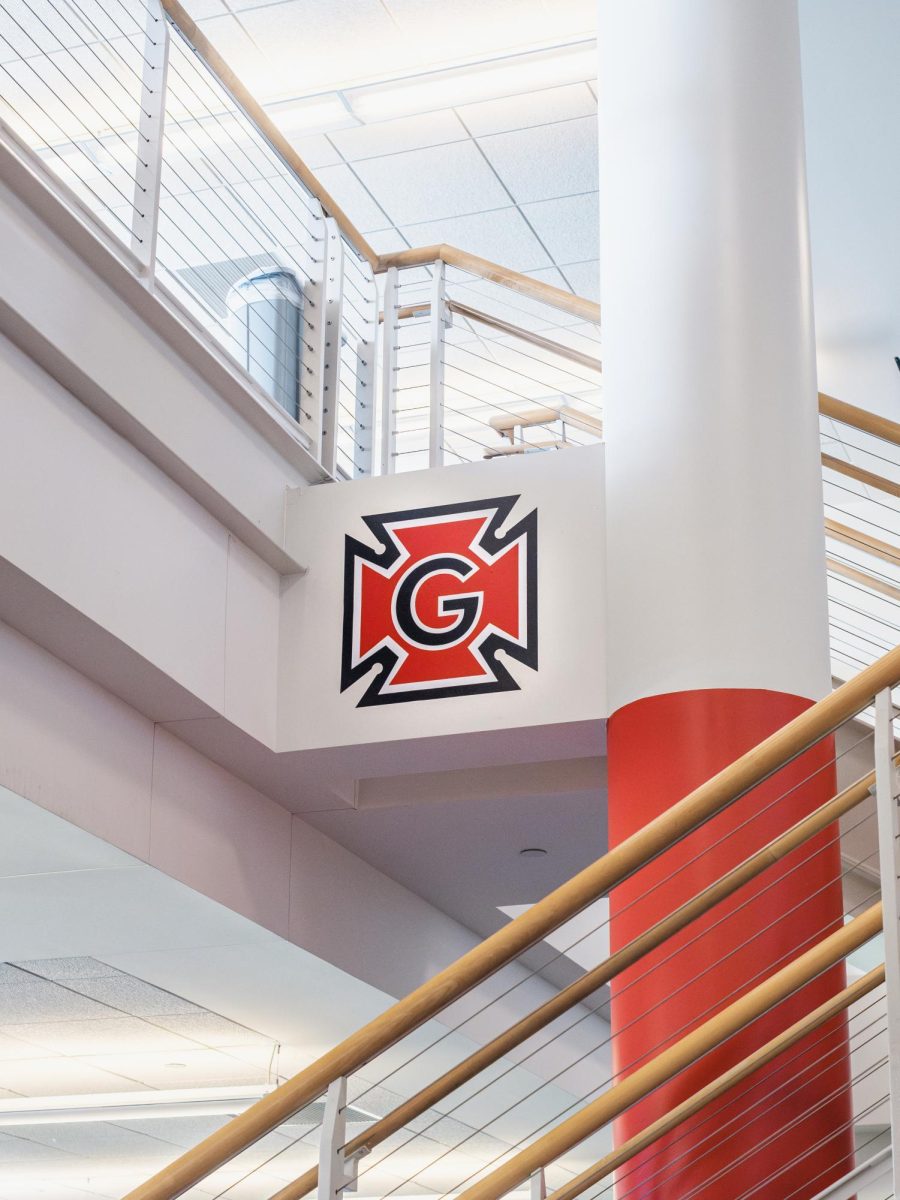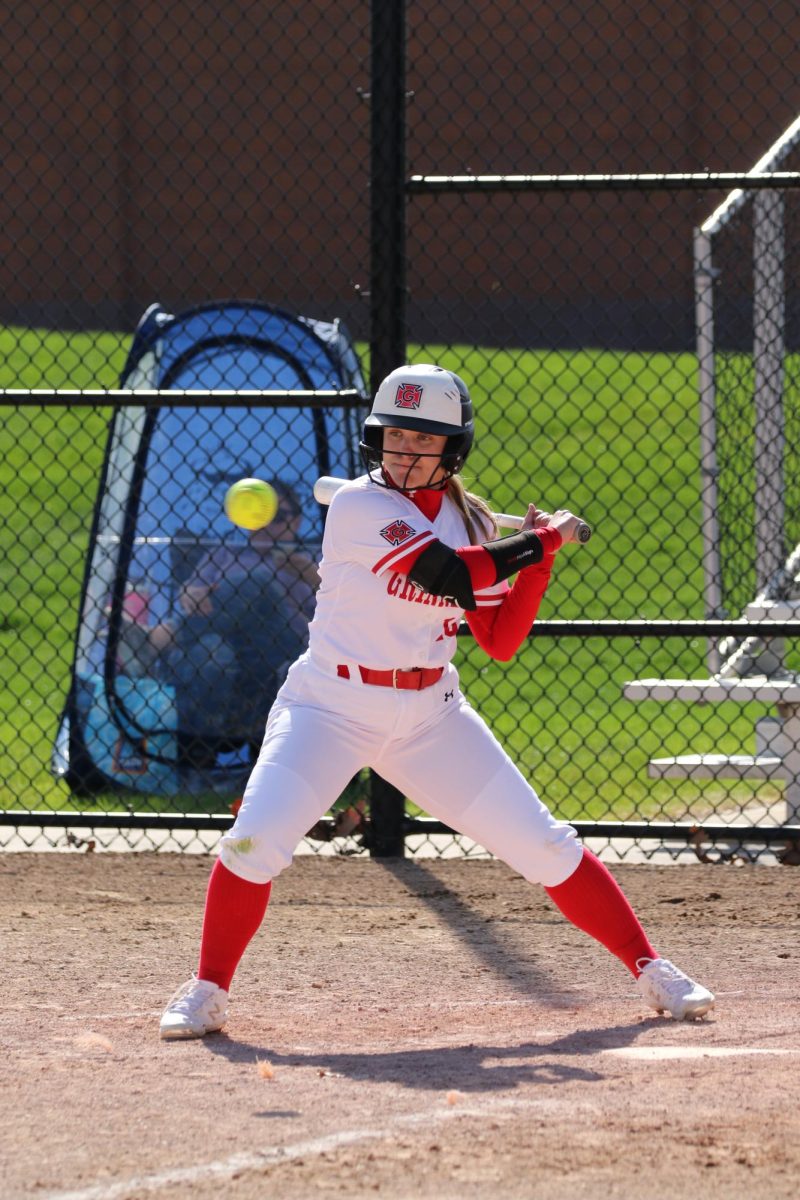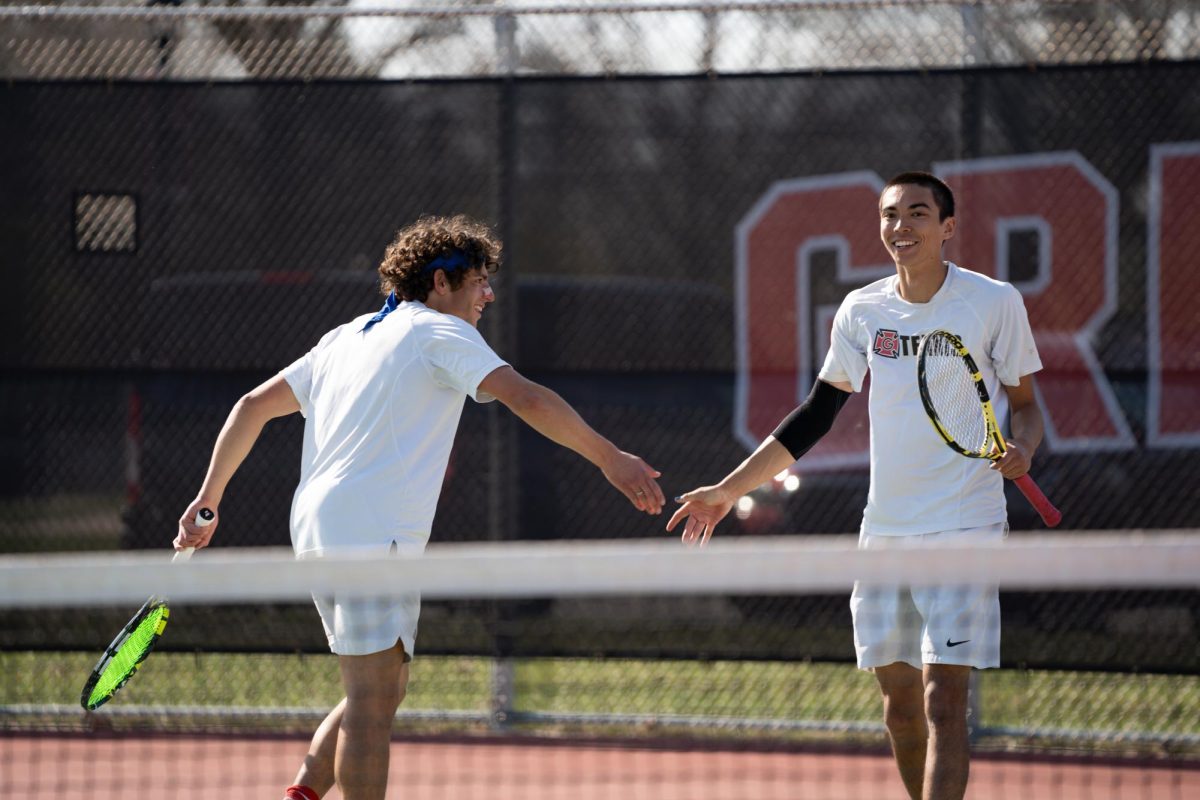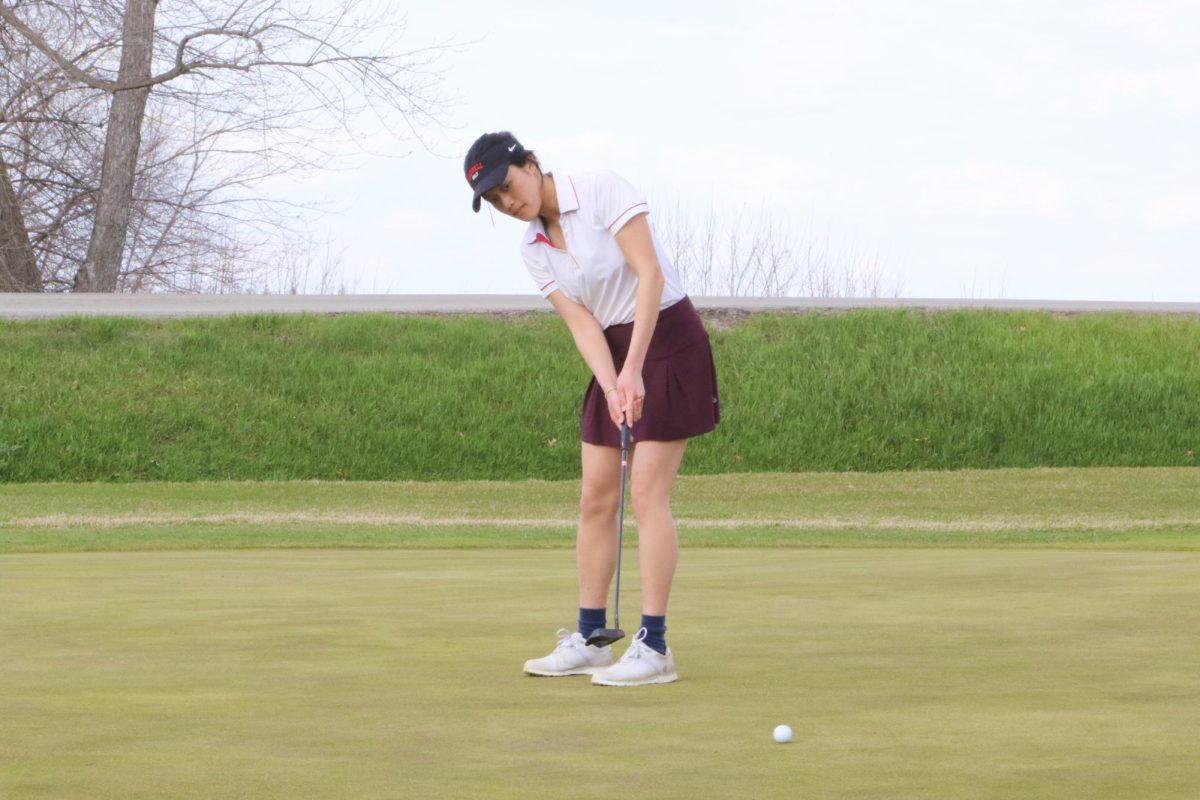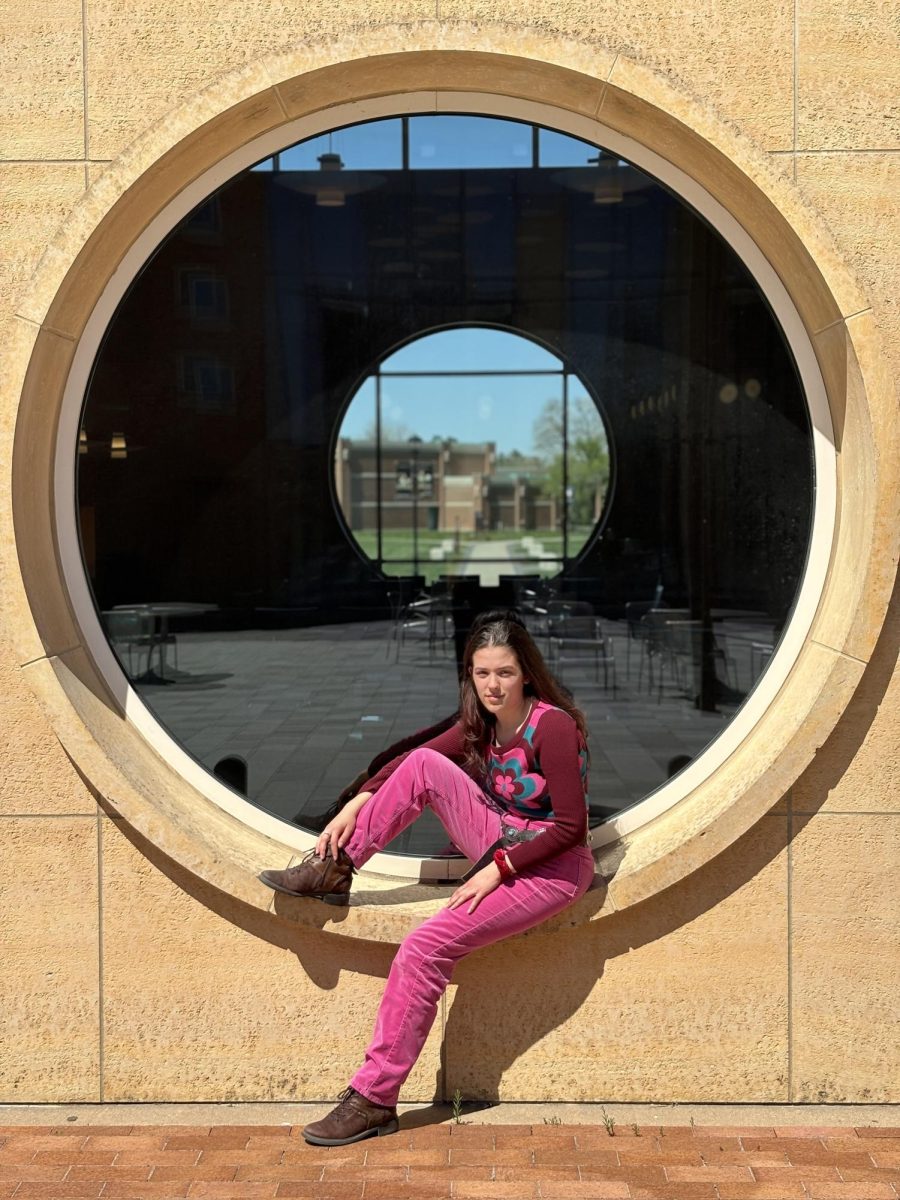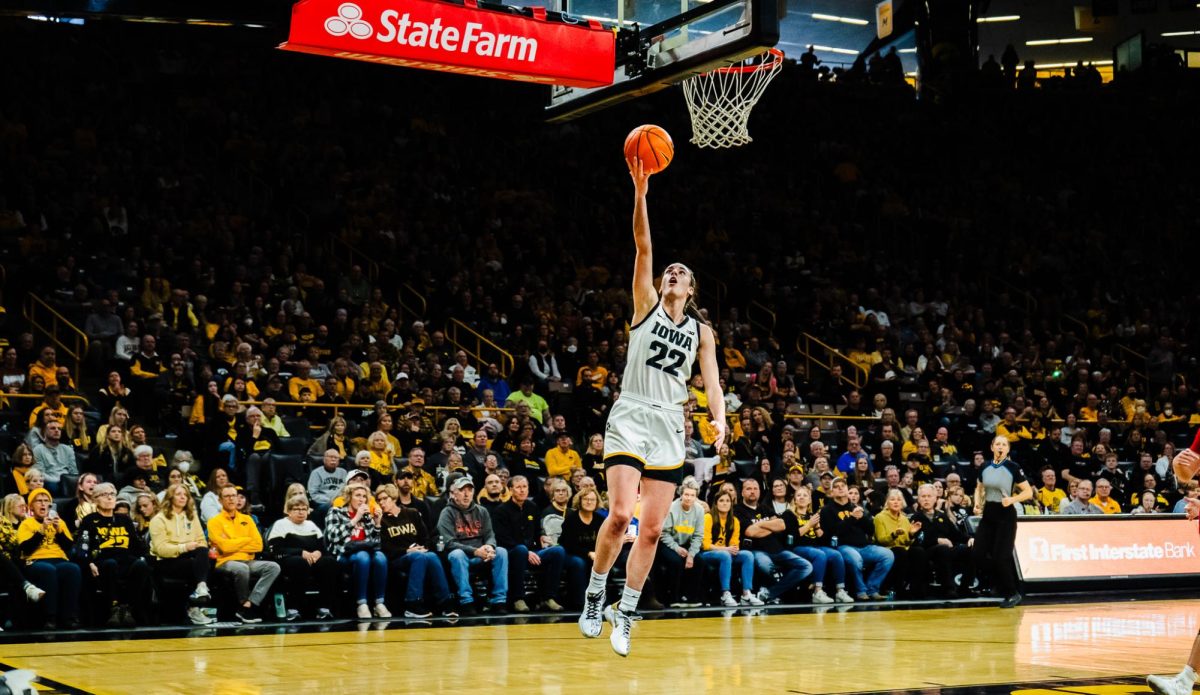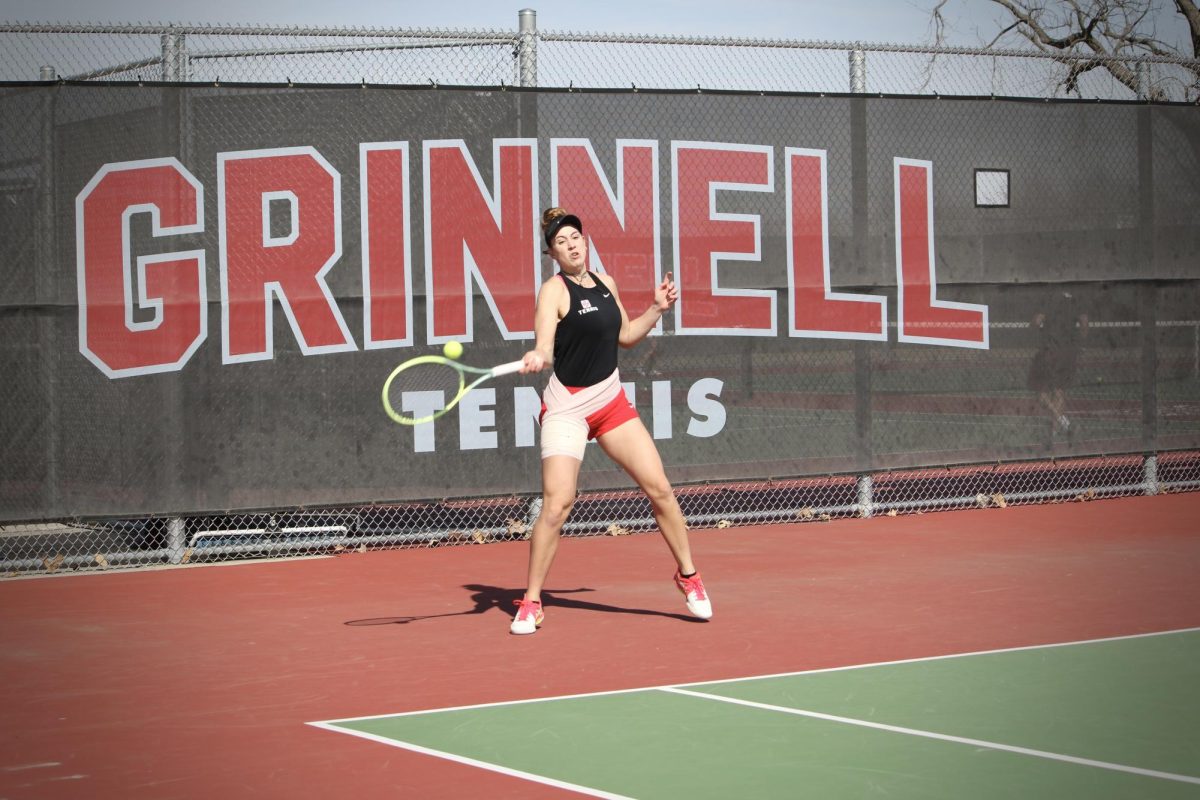Grinnell’s Athletic Hall of Fame is something that most students probably don’t know much about. Housing 88 athletes from various sports and class years, it brings together the past with the present.
There is a Hall of Fall Committee which decides the athletes that will be inducted. It consists of various seats, such as the director of athletics, director of alumni relations and an alumni athlete. Each member of the committee reads nominations and evaluations of nominated alumni. Together this committee determines the athletes who will receive the honor of induction.
There are specific criteria involved with the nomination process. “There are three categories,” says Andy Hamilton, the director of athletics and chair on the Hall of Fame Committee. “Pure athletic success while competing as a student athlete. The second category is academic success. And the third category is post-Grinnell contributions to Grinnell, also maybe notable professional accomplishments.”
Alumni are able to nominate past athletes for recognition. Mailings are sent to alumni, along with a notice in the Grinnell Magazine. Coaching staff are encouraged to be part of the nomination process as well.
The Hall of Fame started in 1996. Every two years six athletes are selected for induction. There are around 50-70 nominees in the applicant pool, and this number remains relatively constant throughout the years. If an athlete is nominated but not selected, their name is returned to the applicant pool.
Current students, if you have your sights set on being part of the Hall of Fame, there is a catch. “One of the bylaws requires that a former student athlete has to be out for five years before they can be inducted,” Hamilton added.
There has also been a recent change in a past few years regarding the process of selecting athletes.
“We’re on a two-year cycle now,” Hamilton said. “The alumni and development office partnered with us and really felt like it was more cost-effective and a greater benefit to the college if we would have [a] more regular [selection process]. It used to be we would have an induction, then four years later, then five years later, so it’s now on a more regular calendar.”
The Hall of Fame recognizes talented female athletes from the time before Grinnell had official women’s sports teams. The implementation of Title IX in 1972 created formalized athletic teams for women. Despite the fact that in the years before women did not formally play for the college, some of the athletes are still honored in the Hall of Fame. “We have a level of consciousness to make sure that both genders are represented,” Hamilton said.
Once an athlete is considered a potential inductee to the Hall of Fame, Grinnell library’s archive is contacted to provide information on the athletes. “Sometimes we have a lot of material on some of these individuals, and sometimes we don’t have very much at all, if anything,” says Chris Jones, Special Collections and Archivist of the College.
The archives are able to offer a wide range of material for the Hall of Fame committee to view. The sources could range from photographs, sports newsletters, athletic roosters or anything else that is donated by individuals to the college. “There are football programs from the forties and fifties … we have scrapbooks that contain event tickets from various sporting events throughout the century,” Jones added.
The process of being inducted into the Hall of Fame is more intricate than most people would think. The Hall of Fame is a link from the past to the present, demonstrating Grinnell’s passion for sports and athletic success.















